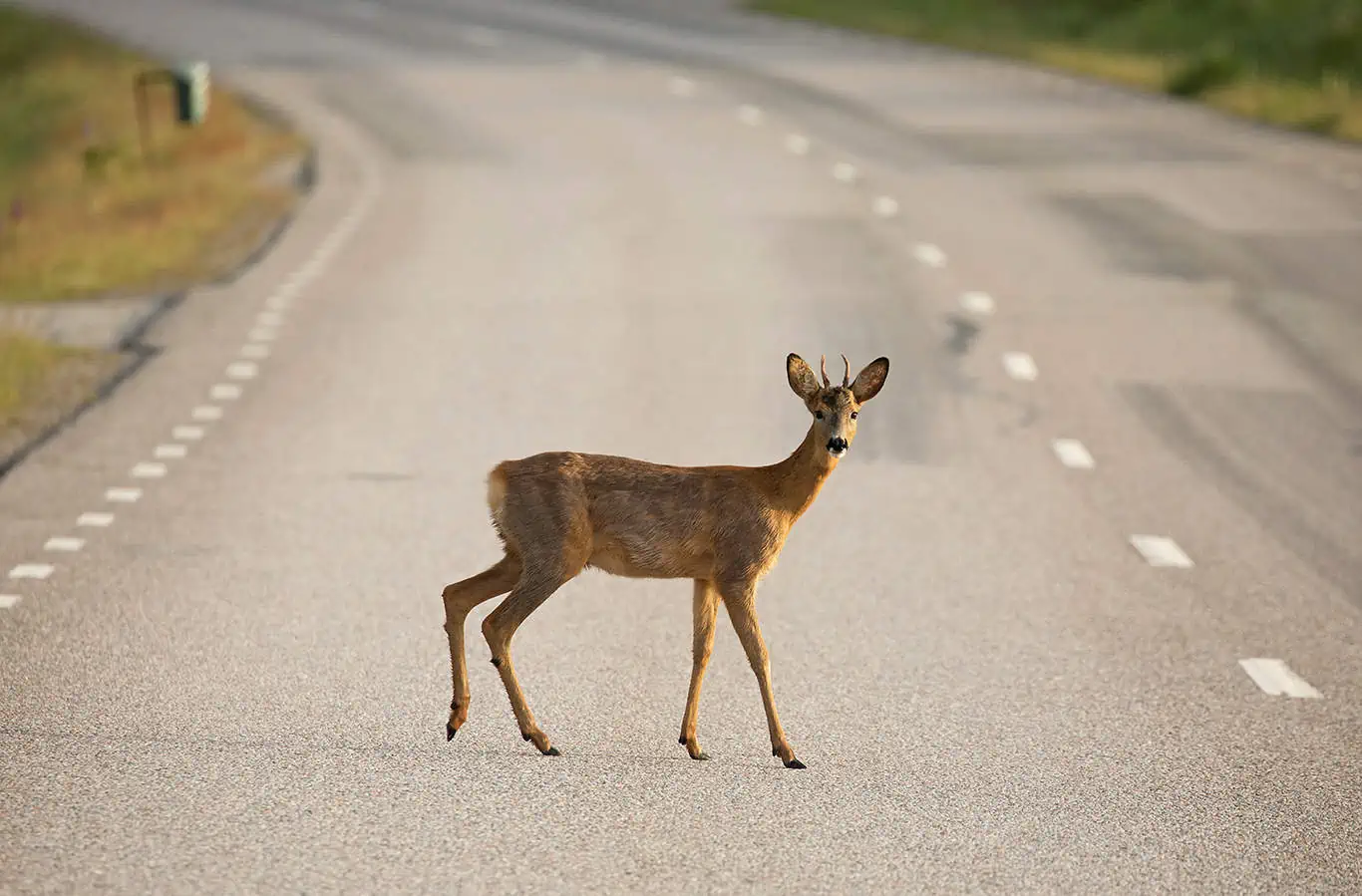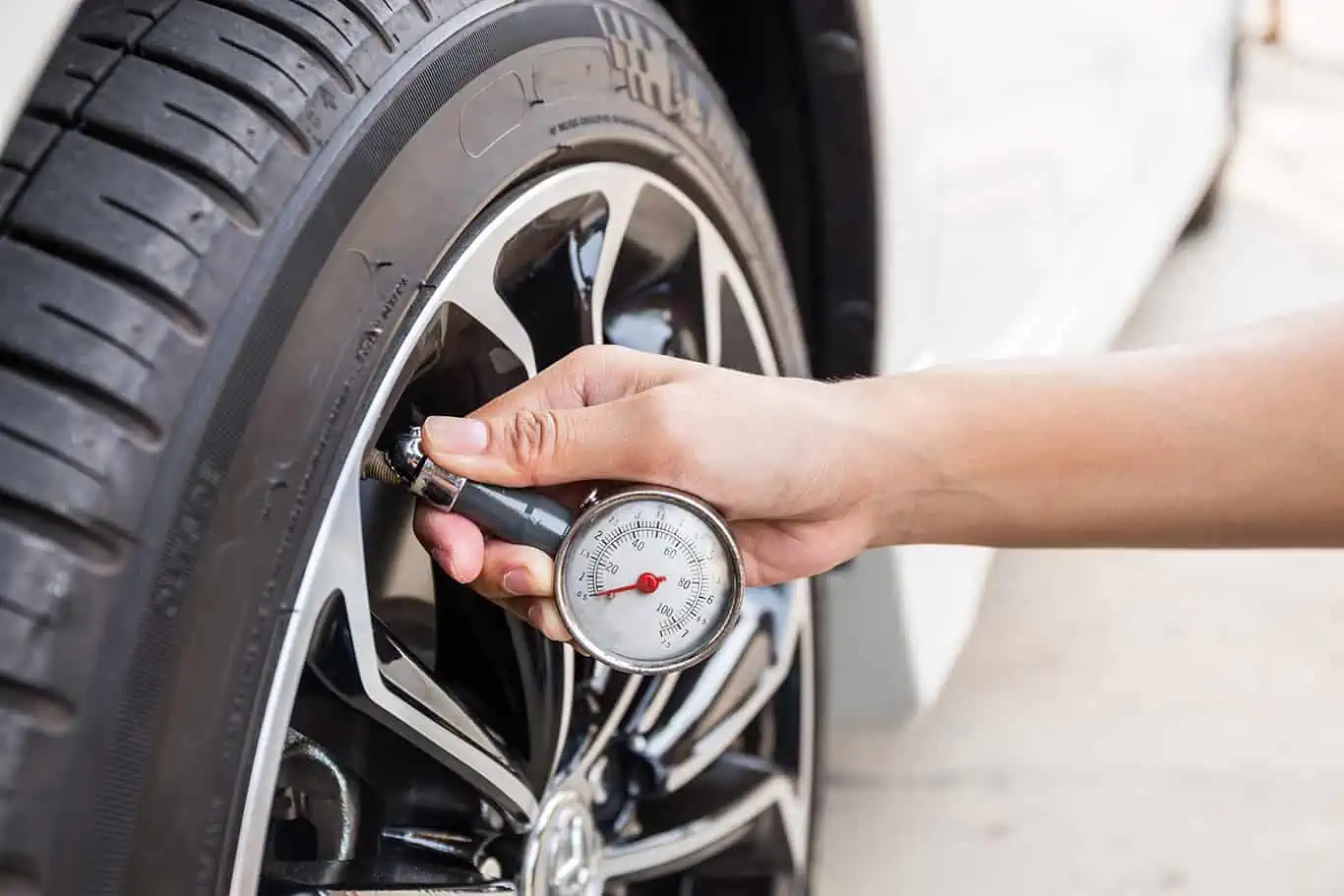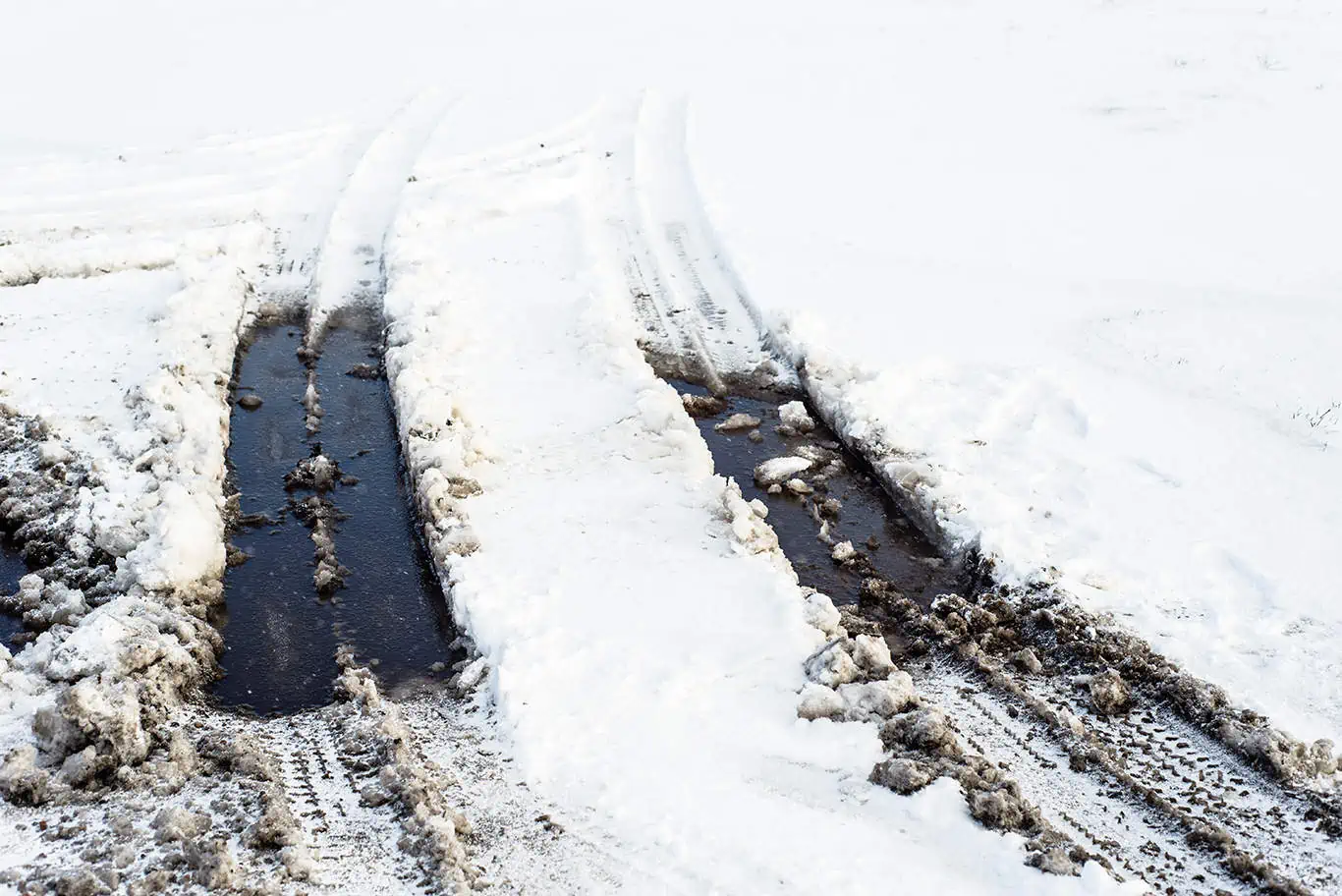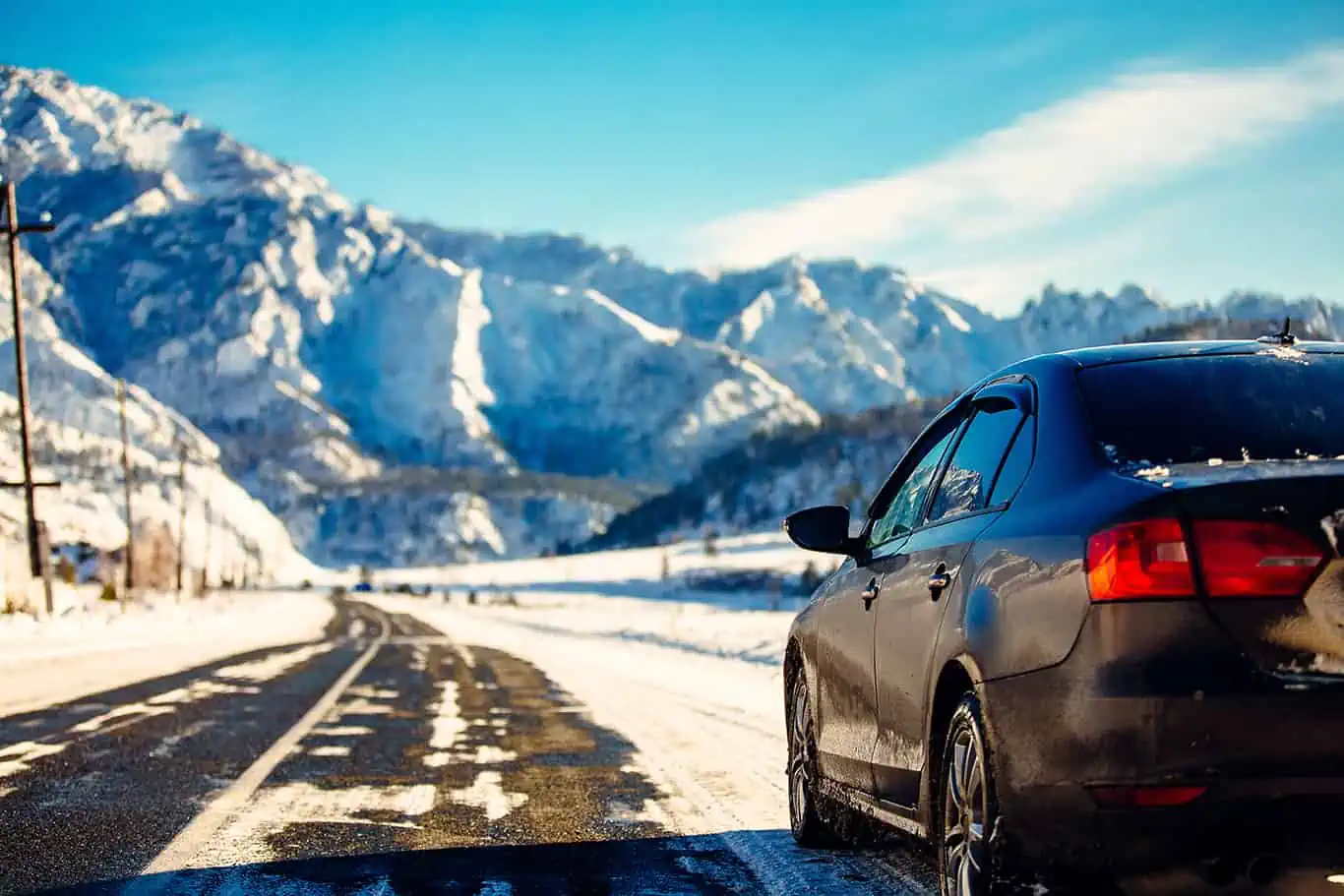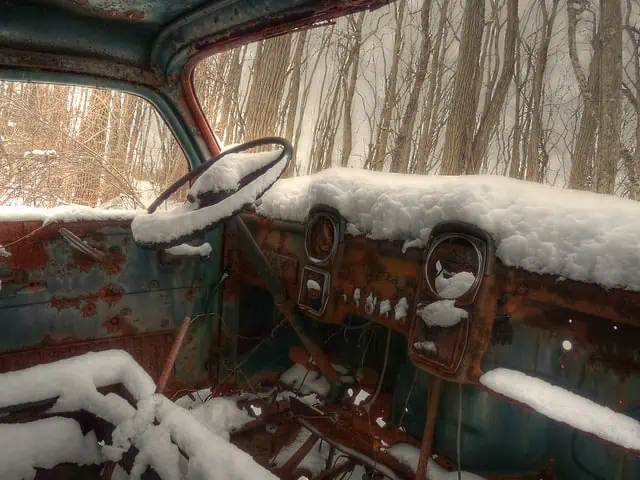Slipping and falling on an icy driveway is bad enough when you’re only holding your car keys. So imagine wiping out while carrying a box full of books or a dresser full of clothes.
As a mover, I’ve seen it. And it’s flippin’ scary.
Winter is one of the cheapest times to move, but with the snow and ice of the season comes the potential for serious injury to you or your movers. Being the forward-thinking person that you are, you might already be contemplating, “should I cover my front walk and driveway with salt or sand?”
To help you make the best choice, here is the rundown on each, and some more information on how to keep your pathways and driveways as slip-free as possible.
First, Shovel the Area You’re Going To Be Walking On
As the saying goes, an ounce of prevention is worth a pound of cure. It’s easier to shovel snow than it is to get rid of ice, so it makes good sense to keep your front walk, your driveway, and the sidewalk in front of your house clear and clean.
In other words: Don’t wait until the night before or the morning of your move to start shoveling!
If you live where temperatures can remain below freezing for days on end (if not weeks—hello, Minnesota!), it becomes more important to keep shoveling, multiple times over multiple days if necessary, to keep all that snow from getting packed down and turned into ice.
But what if Mother Nature insists on coating the driveway with snow and ice in the hours leading up to your move? Then it’s time for a quicker cure.
Should I Use Sand or Salt?
To summarize the difference between salt or sand for snow and ice:
Sand simply covers up snow and ice. Salt melts snow and ice.
Which is better depends on how cold it is, and how much you care if it gets into the environment. In either case, the biggest priority is traction. So let’s compare.
The case for sand
Pros:
- Less toxic
- Comparatively cheaper
- Works immediately
Cons:
- Needs to be reapplied
- Might not work in extremely cold temperatures
- Can collect in drainage systems and make it into waterways
Sand is an easy, cheap, and quick solution to your icy problems. Dump out a few bags and spread it around, and you instantly have a safer place to walk. However, since sand provides traction, once it gets ground into the snow or ice it becomes less effective. Considering how many times you or your movers will be walking back and forth on it, you’ll likely have to put more down once or twice during the move. It can also freeze into hazardous clumps in really extreme temperatures.
“Get an idea of how much square footage you’ll need to cover before you run out to grab that salt or sand. If a sales assistant isn’t there to help, you might find how much you need right on the bag.”
Keep in mind that there are several different varieties of sand, as well. There is stuff explicitly meant for icy roads and surfaces, which is the best. If you don’t have access to that, sandbox sand will also work well, and certainly better than mason’s sand. In general, the grittier the sand is, the better.
And be sure to clean up after yourself! Sweep up the sand yourself, incentivize your kids, or pay someone else to do the work, but don’t leave it around, otherwise too much will wash away into the drainage systems. Check out the advice at HowToDisposeOf for tips on what to do with that sand once you’re done with it.
The case for salt
Pros:
- Gets rid of the ice by melting it away, instead of just covering it up
- Specifically designed for this process, so there’s a lot of availability and choice
- No need to reapply it once it’s cleared the ice
Cons:
- Takes some time to begin working, so you need to apply it hours to a full day in advance
- Can damage property and lawns, or potentially be harmful to pets
- Won’t work below certain temperatures
You likely already know that salt gets rid of ice and snow, but you might not be familiar with how it does this. Driveway salt (sometimes called “rock salt”) doesn’t melt ice like a flamethrower would. Instead, when mixed with water, it forms a liquid brine — a fancy name for salt water — which has a lower freezing point than pure water. This brine then lowers the freezing point of the water it comes in contact with, effectively melting it. Although only down to a certain degree; brine that is 20% salt will still freeze below 0˚F.
“If you live where temperatures can remain below freezing for days on end…it becomes even more important to keep shoveling, multiple times over multiple days if necessary, to keep all that snow from getting packed down and turned into ice.”
However, this melting process takes time. So don’t toss salt around an hour before your movers pull up to your house and expect all the ice to be gone.
In addition, salt can cause damage to your property. It can rust metal, and crack most driveway and pathway surfaces due to repeated freezing/thawing cycles breaking down the integrity of the material. And you should keep animals away from the stuff in general. Not only will driveway salt cause contact burns if it gets in between pets’ paws, but it contains trace amounts of cyanide, which may cause issues for local wildlife as well as your furry friends.
See prices for local moving labor. Read real customer reviews. Easily book your help online.
Don’t like these choices? There are alternatives!
Alternatives to salt would more accurately be called “variations of salt” and have a spectrum of merits. While you can probably find any of these at a store, which one to pick is most dependent on exactly how cold it is where you are.
- Calcium chloride (CaCl): At around minus 25˚F, it has a lower freezing point than rock salt. It also works more quickly because it gives off heat as it dissolves. However, calcium chloride is corrosive to metal and can leave a slimy residue. It also encourages algae growth which clogs waterways.
- Magnesium chloride: Somewhat less corrosive than calcium chloride, it will begin to absorb moisture from the air at 32% humidity, speeding up the melting process.
- Potassium chloride (KCl): Despite its use for executions by lethal injection, is safer for pets and plants than calcium chloride. But with a freezing point of around 12˚F, it is also less effective.
- Nitrogen-based urea products: Like nitrogen-based fertilizers, this salt is ineffective under 20˚F and will eventually get into the water supply, lakes, and streams.
- Calcium Magnesium Acetate (CMA): Can prevent ice down to around minus 27˚F and is much more environmentally friendly than the abovementioned salts — at a much higher price.
Are there any eco-friendly or pet-friendly alternatives?
With all the pros and cons of these salts and chemicals, you may be wondering if there’s an option out there that’s safe for your pets and the environment.
The good news is that there are many pet-friendly alternatives to rock salt out there. Even better, these also tend to be the ones that are easier on the environment as well. However, if your concern runs really deep, your best bet is to look at the ingredients on any brand that claims to be pet or eco-friendly and research what effects it can have.
Grist has a list of a few alternatives to rock salt in an editorial. GreenMoxie also offers some advice and options.
But what everyone seems to agree on — including us — is that there’s no better way to keep your driveway and your front walk clear of ice than with a little elbow grease. It’s much better to simply prevent the snowmelt from becoming thick ice in the first place, so grab that shovel and get to work as early and as often as necessary.
See prices for local moving labor. Read real customer reviews. Easily book your help online.
And a few more tips
- To reiterate: salt and sand the day before your move, if you can. Clear away any chunks or other bits to help keep it all from refreezing overnight.
- If you absolutely have to apply salt the morning of your move? The heat from all the foot traffic will help the melting process, but in the meantime, scattering some sand on top wouldn’t hurt.
- Get an idea of how much square footage you’ll need to cover before you run out to grab that salt or sand. If a sales assistant isn’t there to help, you might find how much you need right on the bag.
Not only will your movers love you for taking the time and effort to make sure their path is clear and safe, but it will undoubtedly make the process much faster than if you hadn’t bothered to get rid of all the ice and snow.

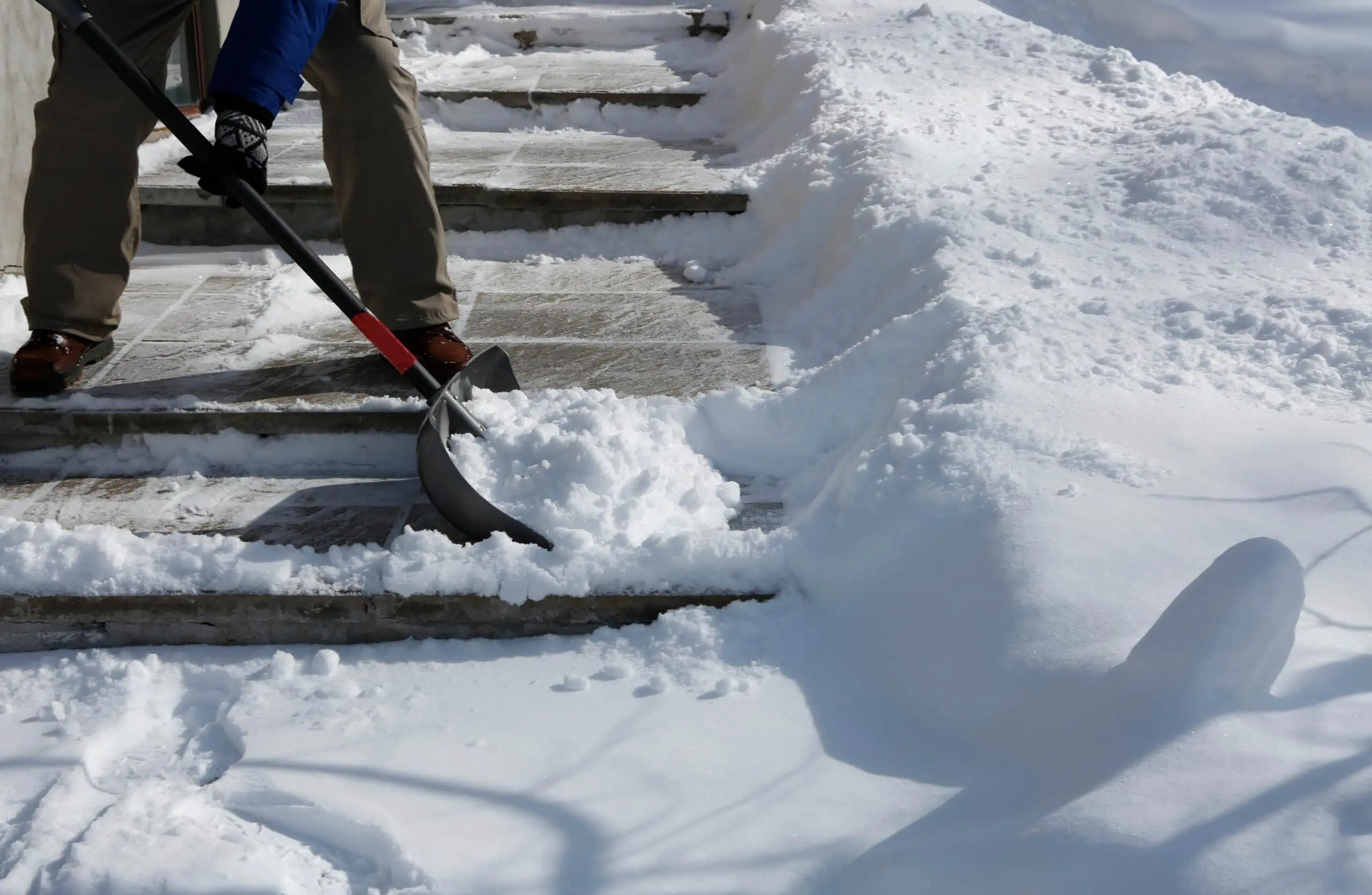



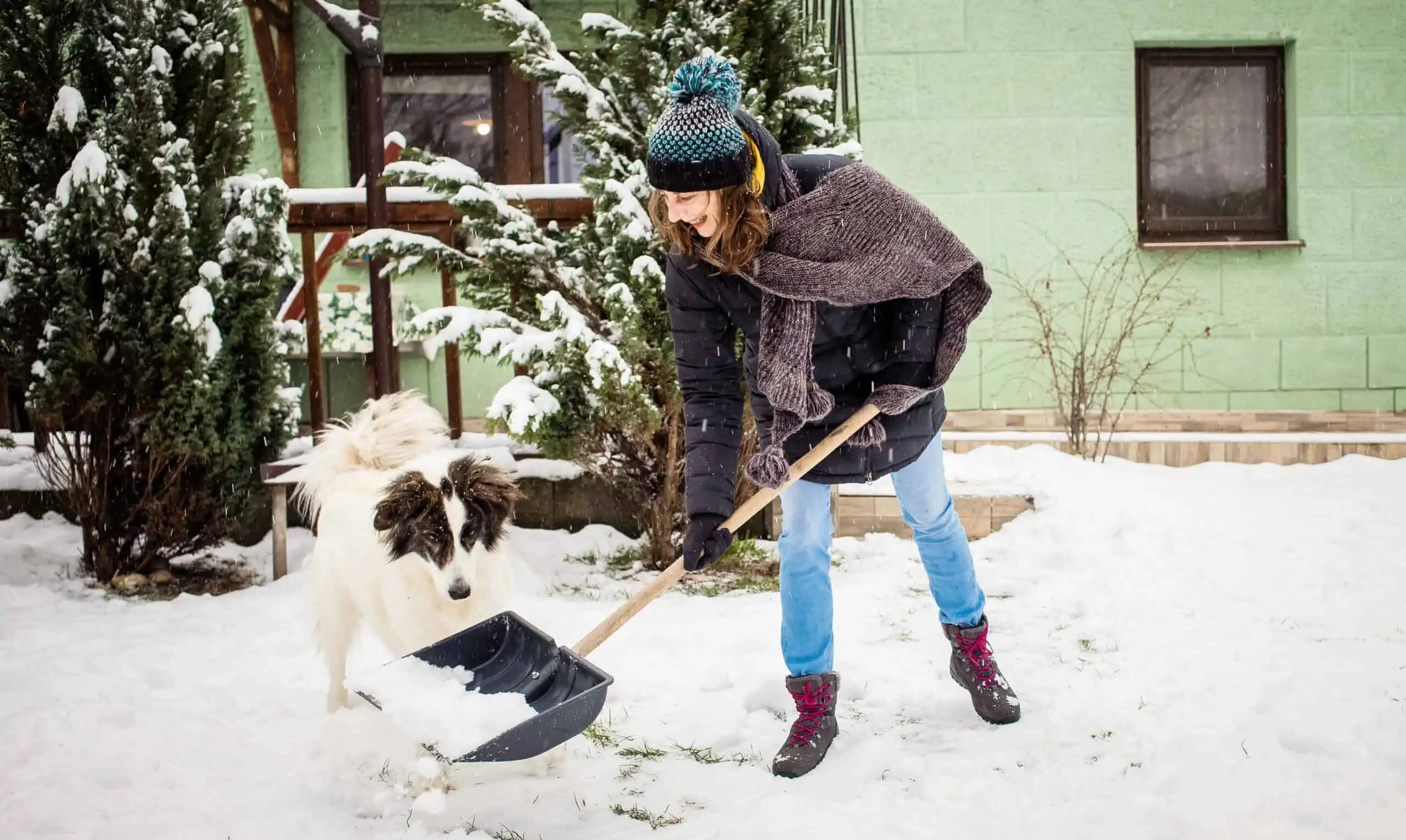
 As the summer approaches, moving company sales representatives are just as busy as movers. Sometimes they’re even busier. But having a grasp of what you need ahead of time will prevent from your two-hour move turning into a six-hour one.
As the summer approaches, moving company sales representatives are just as busy as movers. Sometimes they’re even busier. But having a grasp of what you need ahead of time will prevent from your two-hour move turning into a six-hour one.
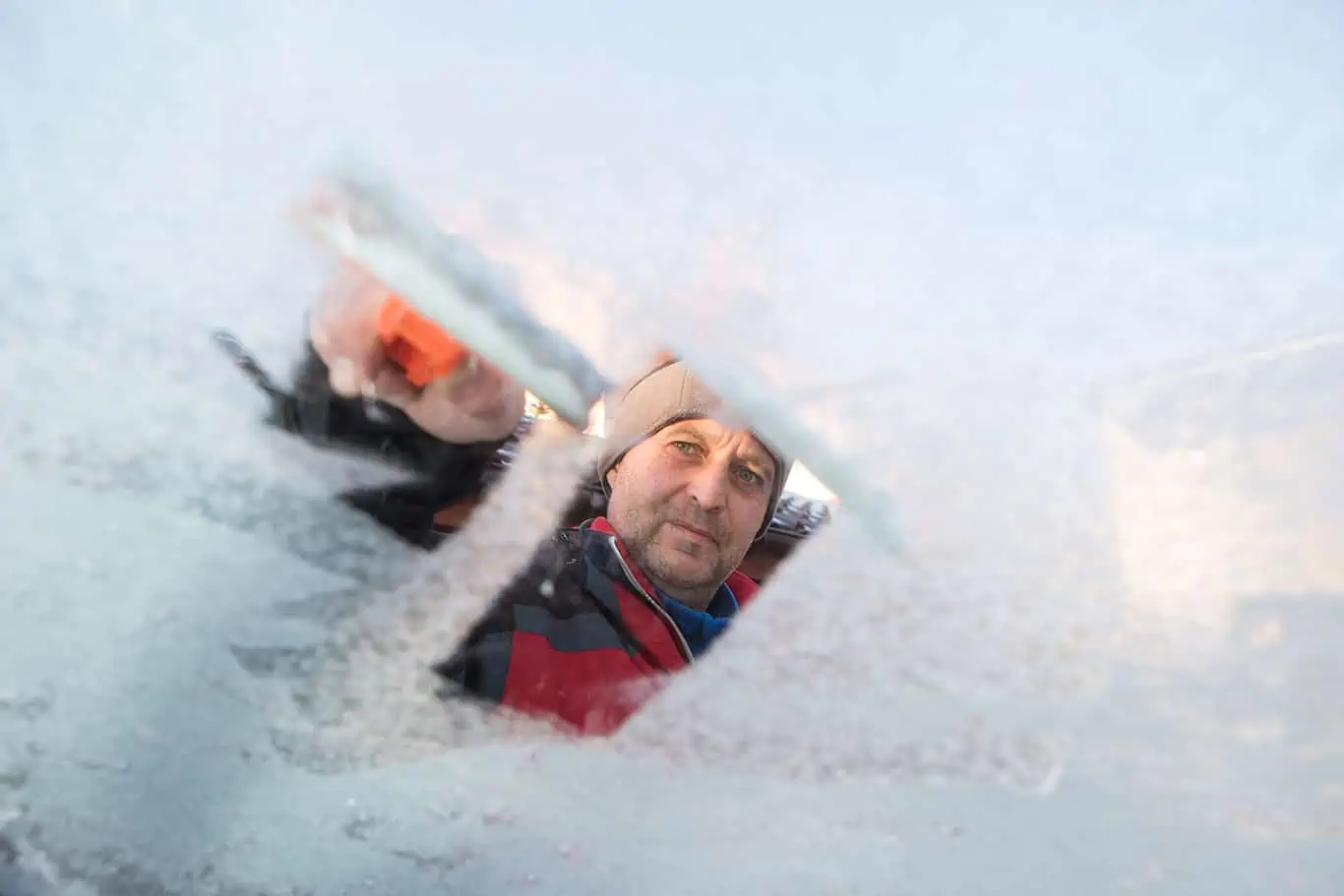
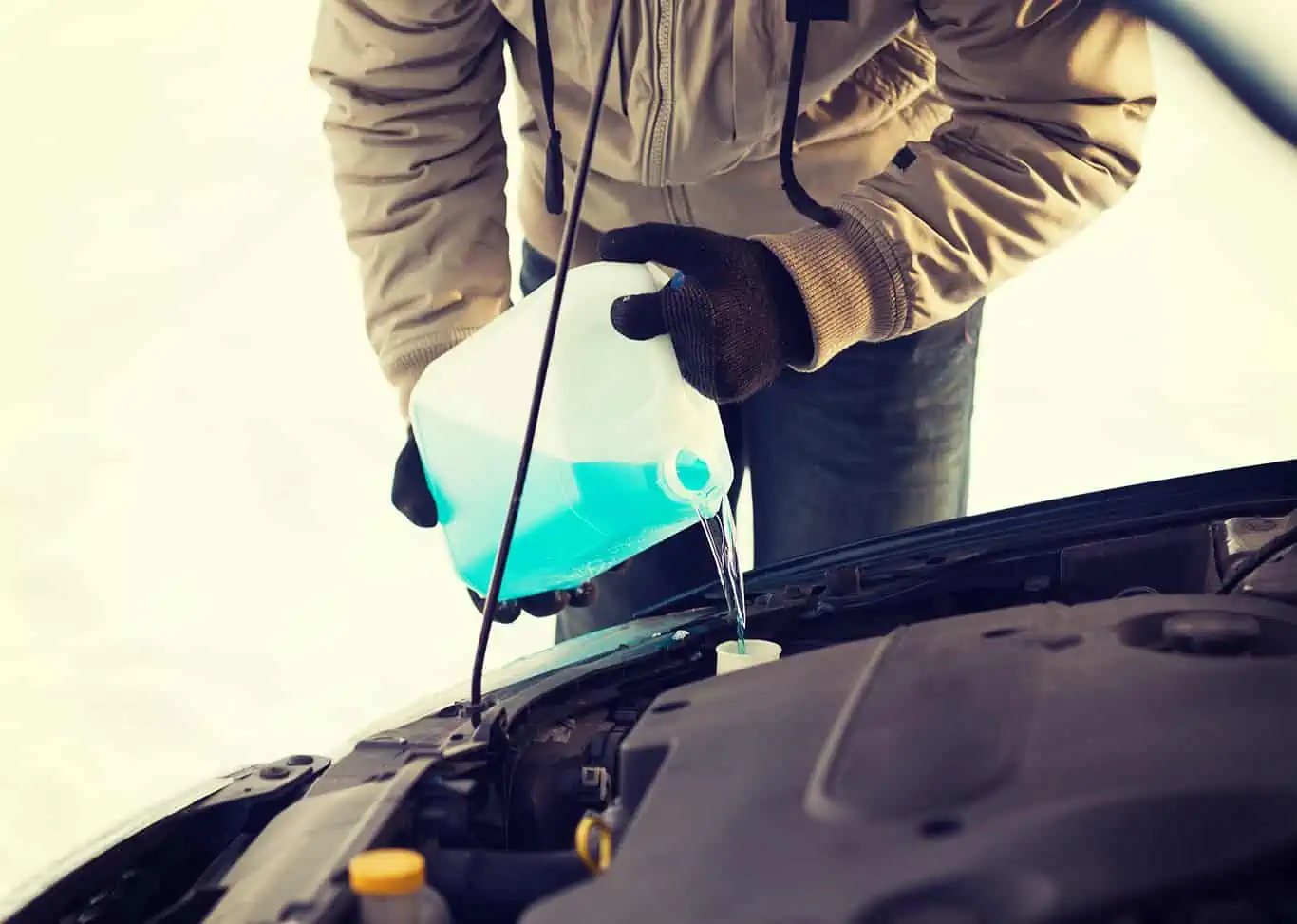 Truck rental places don’t always have their stuff in order, so before you drive off the rental truck lot, make sure all these things are done:
Truck rental places don’t always have their stuff in order, so before you drive off the rental truck lot, make sure all these things are done:
